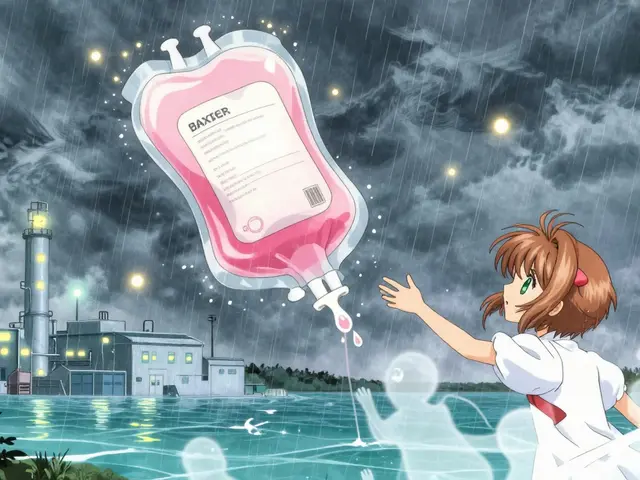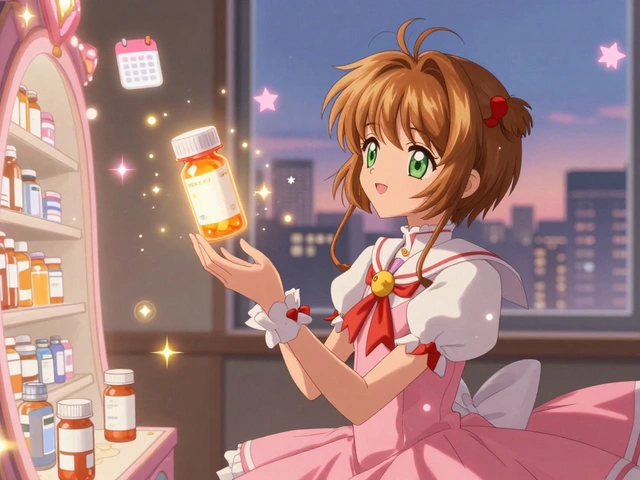Sensitive Skin: Clear, Simple Steps to Calm and Protect It
If your skin stings, burns, or goes red after one new product, you probably have sensitive skin. That doesn’t mean you must give up skincare — it means you need a smarter, simpler approach. Here are concrete tips you can use today to reduce reactions, keep your skin healthy, and still get results.
Daily routine for sensitive skin
Start with a short list: gentle cleanser, moisturizer, and sunscreen. Use a mild, pH-balanced cleanser once or twice daily. Avoid scrubbing — pat dry instead of rubbing. For daytime, pick a lightweight, fragrance-free moisturizer with ceramides or glycerin to help the skin barrier. At night, use a richer, non-comedogenic cream if your skin feels dry.
Sunscreen is non-negotiable. Choose a mineral (physical) sunscreen with zinc oxide or titanium dioxide — they sit on top of the skin and irritate less than many chemical filters. Apply sunscreen every morning and reapply if you’re outdoors for long periods.
Common triggers and ingredients to avoid
Watch out for fragrance — it’s the top offender. Skip products labeled 'fragrance' or 'parfum' and beware of natural scents and essential oils, which can be just as irritating. Other common triggers: alcohol denat, high concentrations of alpha hydroxy acids (AHAs) or beta hydroxy acids (BHAs), benzoyl peroxide, and some preservatives like methylisothiazolinone.
If you want active ingredients, go slow. Introduce one product at a time and wait a week or two before adding another. Start with lower concentrations (for example, 2% niacinamide or 0.3–0.5% retinol) and use them less often until your skin tolerates them.
Patch test everything. Put a pea-sized amount on the inside of your wrist or behind the ear for 48–72 hours. No redness, swelling, or stinging? It’s more likely safe to try on your face. This simple step prevents most bad reactions.
Other practical moves: use lukewarm water, switch to fragrance-free laundry detergent, avoid hot showers, and limit exfoliation to once every 1–2 weeks at most. When your skin flares, stop actives and go back to the basics: cleanser, moisturizer, and sunscreen.
If you need short-term relief during a flare, over-the-counter hydrocortisone 1% can help for a few days, but don’t use it long term without medical advice. For persistent or severe reactions — intense swelling, open sores, or spreading rash — see a dermatologist. They can test for contact allergies, prescribe a treatment plan, or recommend prescription barrier-repair products.
Finally, read labels and trust your experience. Labels like "hypoallergenic" aren’t regulated, so they don’t guarantee no reaction. Keep a short log of what you use and how your skin reacts — small records reveal patterns fast. With a calm routine, the right choices, and a bit of testing, sensitive skin can be managed — and you can still enjoy effective skincare.
Infrared Saunas and Rosacea: Can Heat Trigger Sunburn-Like Flare-Ups?
Does heat from infrared saunas trigger rosacea flare-ups or sunburn-like reactions? Explore scientific facts, skin protection tips, and dermatologist advice.






